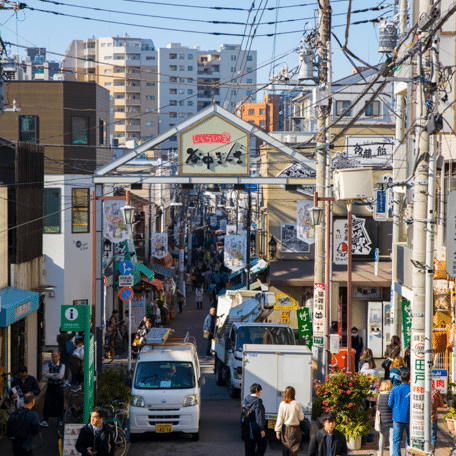KYOTO’S RENOWNED TOFU DISHES: YUDOFU AND YUBA
Sep 21, 2021
BY Christina

The ancient city of Kyoto is one of the most popular travel destinations in Japan. It’s not only famed for its picturesque temples and shrines, but it also offers exquisite and nutritious dishes that will surely surprise all food lovers! In particular, Kyoto is known to be the best source of delicious tofu. The secret behind its delectable tofu is that Kyoto is blessed with high-quality soft water because of its geographic location.
Kyoto’s signature tofu dishes are yudofu and yuba. Yudofu (hot tofu) is a must-try food especially during the winter months to warm up your body. Yuba (soybean sheets) is an excellent ingredient that is used in a variety of dishes.

Image by SatyaPrem from Pixabay
BRIEF HISTORY OF YUDOFU AND YUBA
Tofu was first introduced to Japan from China via Buddhist monks, who believed that tofu was an important source of protein to replace meat and fish, as well as to keep themselves warm during winter. Kyoto historically has been home to many Buddhist temples, where yudofu was prepared and consumed by Buddhist monks. The process of making yuba (also known as hatake no niku, translating to ‘meat from the fields’) was also brought to Japan through Buddhist monks in China.

Image by Gentina Bintang Danurendra from Pixabay
HOW IS YUDOFU PREPARED?
Made with three ingredients, yudofu is a simple yet elegant dish. The basic ingredients for yudofu are water, kombu seaweed for flavoring, and silken tofu. The ingredients are simmered together in a classic nabe or hot pot. Yudofu is eaten with a variety of condiments such as dashi (broth), soy sauce and ponzu sauce, and is often sprinkled with mitsuba (a fresh Japanese herb) or togarashi (powdered seasoning with chili peppers). These simple condiments make yudofu flavoursome without requiring the use of any heavy seasoning.
In some restaurants, yudofu is placed in a heated wooden pot with a simple broth directly in front of the customers. Once the broth boils, the chef will drop pieces of tofu into the mixture. The customers can then take out the pieces of tofu from the pot and dip it into the condiments of their choice.

Fresh yuba. Photo taken from Canva.
FACTS ABOUT YUBA AND COOKING SUGGESTIONS
Yuba is made from the skin that forms when soybean milk is heated. It has a light soybean-flavor and a soft, wrinkled texture when eaten fresh. As yuba is gluten-free, dairy-free, and rich in protein, it is a very healthy food. Yuba can be consumed either fresh or dried.
Fresh yuba is a great ingredient for vegetarian sushi that can be enjoyed with soy sauce and wasabi.

Dried yuba. Photo taken from Canva.
Dried yuba can last up to 2 months when stored in a cool, dry place. To prepare it for cooking, simply soak in water to rehydrate and drain. It can be used in miso soup, cooked in a hot pot, or deep fried.
No trip to Kyoto is complete without trying iconic dishes such as yudofu and yuba. You can find these dishes at many restaurants in Kyoto, or even try making them at home!
Featured image by Sorasak on Unsplash
PIN THIS FOR LATER
Planning a trip to Kyoto when travel reopens? Join us on a 3-hour delicious culinary experience!
Book your pocket wifi now to stay connected through your entire Japan Journey!

Be sure to get the JR Pass to make navigating Japan during your trip that much easier!

YOU MIGHT ALSO LIKE





